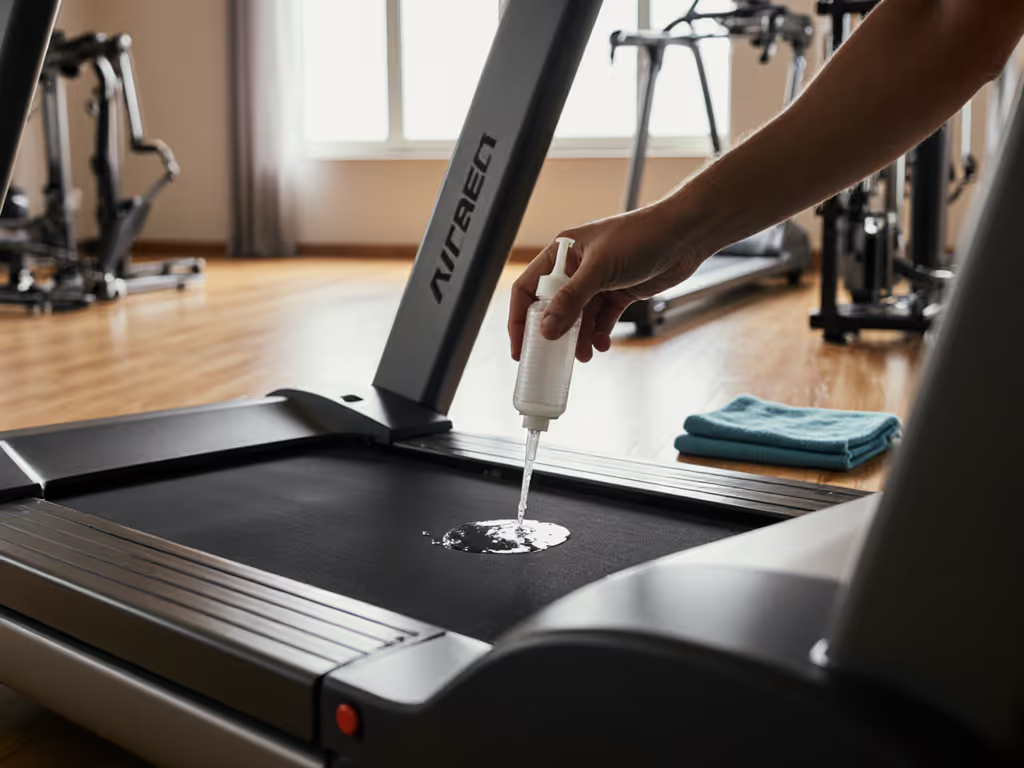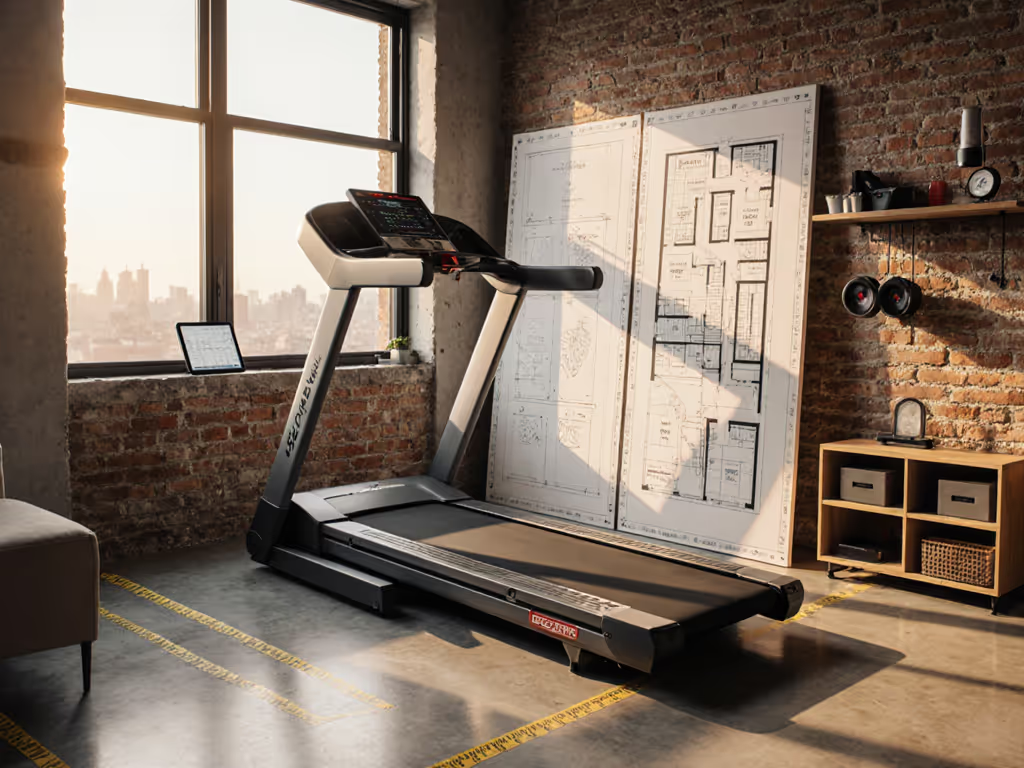
Trusted Treadmill Running for Heart Health
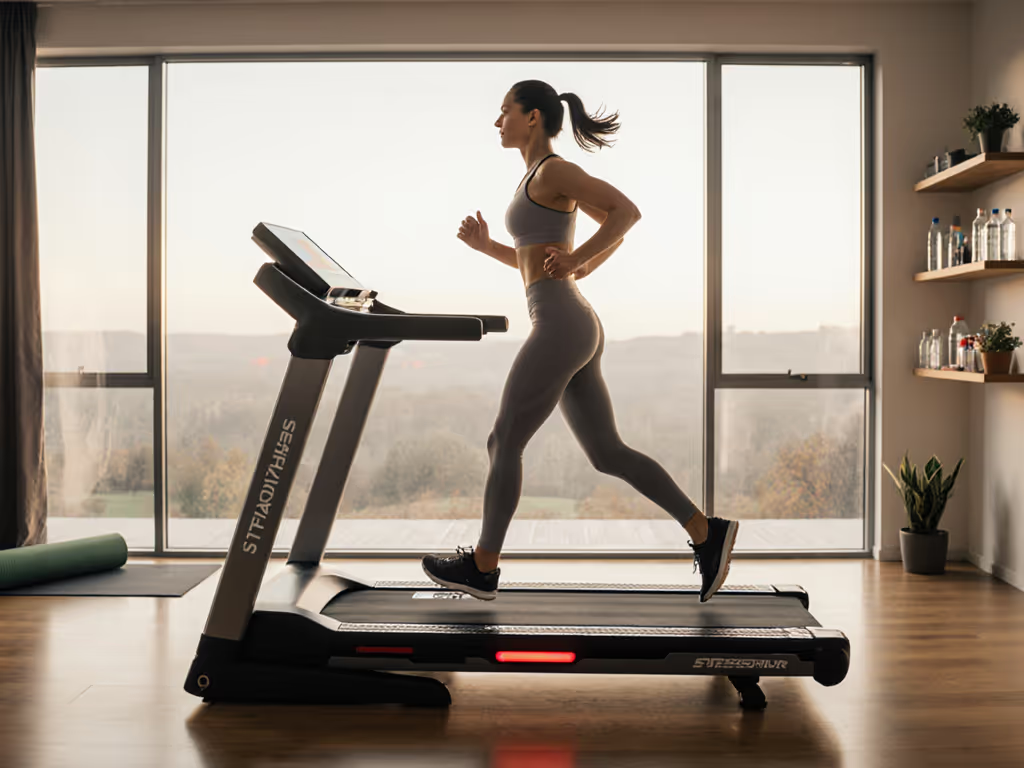
When you ask whether a treadmill that is good for running actually delivers cardiovascular benefits, the real question is not whether running strengthens your heart. It is whether your equipment supports the consistency that transforms occasional exercise into lasting heart health. As someone who measures effective running area and cushioning profiles for runners of all heights, I've seen how the wrong machine derails the best intentions. Your stride writes checks; the deck must cash them.
The Cardiovascular Connection: Evidence, Not Just Promise
Heart health improvements from regular treadmill running aren't theoretical. They are measurable. Research from the National Library of Medicine confirms that as you run, your heart rate increases, pumping more blood throughout your body. This process strengthens heart muscles and improves circulation, directly lowering your risk of heart disease, stroke, and hypertension. A landmark study published in the Journal of the American College of Cardiology found that running, even at slow speeds under 6 mph for just 5-10 minutes daily, is associated with markedly reduced risks of death from all causes and cardiovascular disease.
What makes treadmill running uniquely valuable for heart health is not just the aerobic activity. It is the consistency it enables. When treadmill access becomes predictable, you eliminate weather-related cancellations and dark-road safety concerns that disrupt outdoor running. This consistency matters. The same study found runners exhibited approximately 30% higher cardiorespiratory fitness than non-runners, with every 30 minutes of additional weekly running time associated with 0.5 METs higher fitness.
Consistency isn't just about showing up. It is about creating conditions where showing up becomes effortless.
Beyond the Heart: The Holistic Health Equation
While heart benefits get most attention, treadmill running creates a cascade of positive effects that multiply cardiovascular gains. Improved sleep patterns (critical for cardiac recovery) are consistently reported among regular treadmill users. WebMD notes that aerobic exercise like running triggers endorphin release that helps relieve stress, though timing matters. Avoid late-night sessions that might interfere with sleep quality.
Joint-protective cushioning deserves special consideration for sustained heart health. When runners develop knee pain from improper surface impact, they stop running, and that is when heart benefits vanish. My measurements have shown that a treadmill good for running provides even cushioning across the entire deck, not just in the center where reviews are typically tested. The NordicTrack T Series 6.5 S's SelectFlex cushioning system exemplifies this principle, allowing users to adjust firmness while maintaining consistent support through the entire stride (critical for protecting joints during the thousands of steps needed for meaningful cardiovascular adaptation).
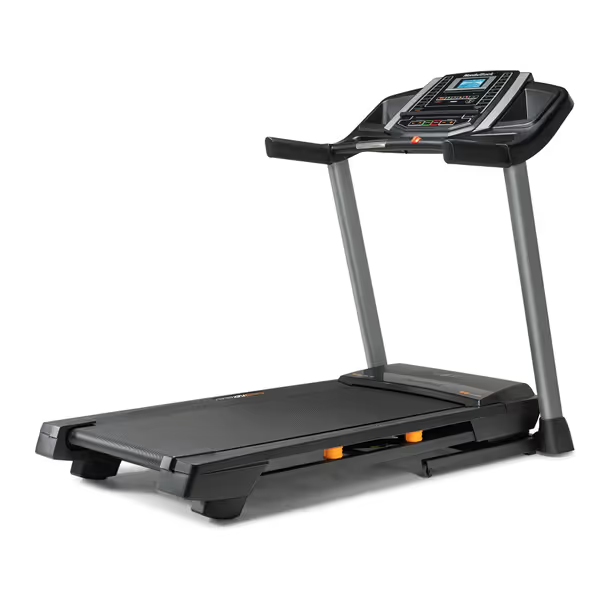
Nordictrack T Series
The Fit Factor: Why Your Treadmill Choice Determines Heart Benefits
Here's what most heart health articles omit: you can't reap cardiovascular benefits from a treadmill you don't use consistently. And consistency depends entirely on whether the machine matches machine to body and home. I've watched countless runners abandon their programs not because of lack of motivation, but because of preventable fit issues.
Consider the biomechanical reality. When your stride gets cut short by an undersized deck (less than 55 inches for runners over 5'8"), your gait alters to compensate. This not only increases injury risk but reduces running efficiency, meaning you fatigue faster and cut workouts short. During one consultation, a 6'2" runner couldn't sustain even 20-minute sessions because his compact treadmill forced shortened strides. Once we moved him to adequate deck length, his workout duration doubled within weeks, directly amplifying cardiovascular benefits.
Ceiling clearance matters too. If your treadmill's maximum incline reduces overhead space below 12 inches (a common issue in standard 8-foot ceilings), you'll instinctively avoid proper uphill training, causing you to miss crucial heart strengthening intervals. Handrail geometry affects form as well; poorly positioned rails encourage hunching that restricts breathing and oxygen delivery to working muscles. For step-by-step cues to maintain upright posture and a natural stride, see our treadmill running form guide.
Creating Your Sustainable Daily Treadmill Routine
The most effective daily treadmill routine for heart health isn't about speed or duration, it is about reproducibility. Start with equipment that accommodates your natural stride:
- Deck length: Minimum 50 inches for walkers, 55+ inches for runners (measure your stride at target speed)
- Clearance: Allow 18-24 inches overhead at maximum incline
- Footprint: Ensure adequate space for safe entry/exit, especially with household members
- Noise considerations: Belt-driven systems typically operate 5-10 decibels quieter than alternatives
For optimal cardiovascular results, structure your routine around these evidence-based parameters:
- Frequency: Aim for 3-5 sessions weekly (studies show diminishing returns beyond 5 days)
- Duration: Start with 20-30 minutes, gradually building to 45 minutes as fitness improves
- Intensity: Maintain 60-80% of maximum heart rate (calculate as 220 minus your age)
- Progression: Increase either time (5-10% weekly) or incline (1-2% increments), not both simultaneously
Remember that mental health treadmill exercise benefits reinforce physical gains. The controlled environment of home treadmill running reduces decision fatigue, so you're more likely to stick with your program when weather and safety concerns are eliminated. This psychological advantage translates directly to cardiovascular results through consistent effort.
Taking Your First Step Toward a Healthier Heart
Your journey to better heart health through treadmill running begins not with speed settings, but with equipment that supports your natural movement. Before investing in any machine, measure your actual stride length at your target running pace (not walking speed), then add 12-18 inches for safety margin. Check your ceiling height at maximum incline position, and do not rely on manufacturer specifications alone.
Take 15 minutes this week to assess your current or potential treadmill against these body-specific measurements. That small investment could determine whether your machine becomes a heart-health ally or just expensive furniture. The truth remains: comfort and safety aren't luxuries; they're the foundation of the consistency that transforms casual running into meaningful cardiovascular protection. Find equipment that lets you run naturally, and your heart will thank you for years to come.
Related Articles


Accessible Treadmill Features for Visually Impaired Independence
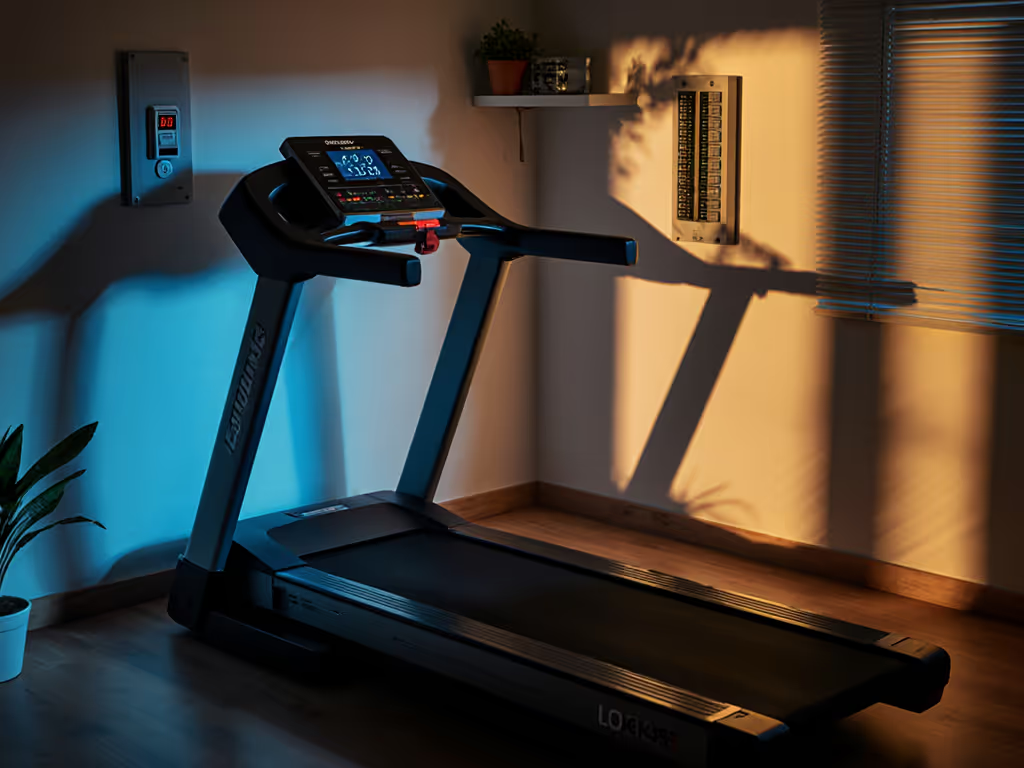
Treadmill Energy Use: Cut Costs, Not Your Workout

Treadmill Maintenance Manual: Prevent Costly Repairs
